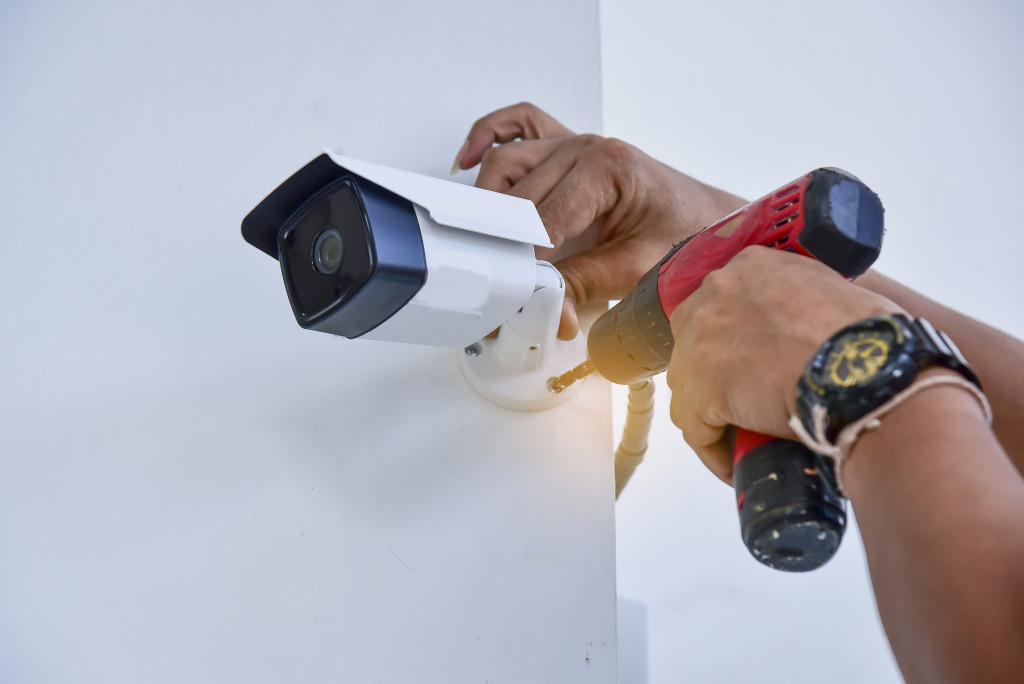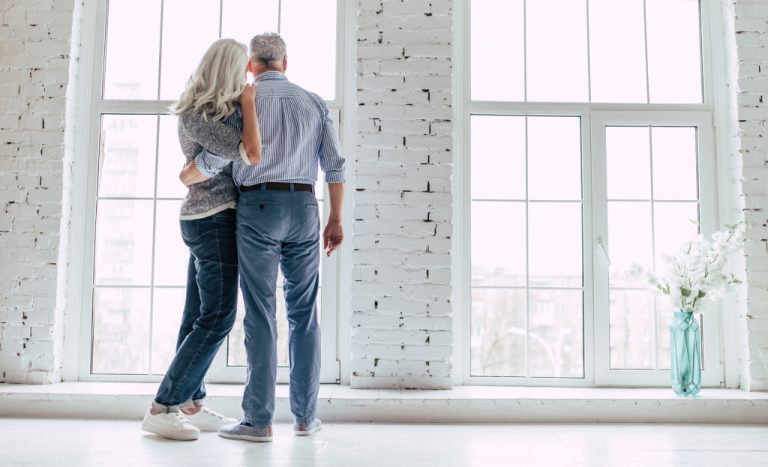- Financial savings are a significant benefit of downsizing for seniors.
- Renovate the first floor with a bathroom renovation, kitchen remodel, lighting upgrade, and flooring replacement for improved accessibility.
- Increase security by installing motion detectors, lights, and secure locks on exterior doors.
- Smart home technology can be installed to provide convenience and safety to seniors.
Downsizing a home can be an essential part of life for seniors no longer living independently. With the population of senior citizens in the United States projected to increase from 52 million to 95 million by 2060, according to the Population Reference Bureau, more people are reaching retirement age and require different living arrangements. Downsizing can benefit seniors such as financial savings and improved access to healthcare services.
One of the most apparent benefits of downsizing your current home is financial savings. A traditional home in today’s market can be costly, especially in locations with high population density. Moving into a smaller home or apartment reduces this cost significantly, as smaller homes are typically cheaper than larger ones due to their size and other factors. Additionally, downsizing could help lessen any long-term debt accumulated over the years since there would be less need for money to be used to cover mortgage payments or property taxes.
If you want to downsize your current home, you might have to consider a few factors. Here are the steps you should consider taking:
Move Your Living Essentials to the First Floor

Renovating a home to the first floor can be essential to downsizing for seniors. This ensures that everyday tasks are easier and more accessible since they no longer have to worry about going up and down stairs or other difficult-to-reach areas. It is also beneficial because it adds value to the home, making it an easier sell if necessary. Lastly, renovating the first floor can help make life, in general, safer since there are no potential hazards from navigating staircases. Here are a few projects to consider when remodeling the first floor:
Bathroom Renovation
A bathroom renovation is a great way to make the space more accessible for seniors who may have difficulty getting in and out of tubs or showers and those with limited mobility. Consider installing grab bars in strategic locations in the shower and bathtub and higher toilets better suited for those with little flexibility. Installing non-slip tiles on floors can also provide extra safety for wet surfaces.
Kitchen Remodel
The kitchen should be made user-friendly by removing any cabinets or drawers that are too high or too low so that seniors can easily access them. Adding pullout shelves and lazy susans can help organize items easily within reach. Installing lower countertops with wheelchair access will also ensure that senior citizens do not need assistance when cooking something in their kitchen.
Lighting Upgrade
Appropriate lighting is essential for older adults with poor vision or limited mobility due to age-related issues such as arthritis. Installing motion sensor lights throughout your home will ensure enough lighting for seniors when they move around during nighttime. Additionally, adding brighter light fixtures in key areas such as hallways and doorways is essential for providing better visibility throughout the house.
Flooring Replacement
Replacing existing flooring with softer materials like carpet or thick rugs will provide extra cushioning when walking around the house and reduce any potential falls from slippery surfaces. Installing handrails along staircases and replacing hardwood floors with laminate can also help create a safer environment for seniors struggling with balance or stability issues due to age-related illnesses such as osteoporosis or Parkinson’s disease.
Keep the Outdoor Area Secure

Security is an essential factor for seniors who are downsizing their homes. With a smaller home, it becomes more challenging to manage security as there is less space to install devices such as cameras and alarms properly. Additionally, seniors often have trouble recognizing potential risks due to age-related sensory changes or deficiencies. This can make them more vulnerable to burglaries or other security threats.
To ensure the safety of seniors in their homes, some steps can be taken to bolster security. Installing motion detectors and lights outside the home can help deter potential burglars from entering the premises. Additionally, installing a secure lock system on all exterior doors will provide extra protection against intruders. CCTV cameras placed around the property can also help seniors keep an eye on their surroundings without physically checking in throughout the day.
For the home’s exterior, you might also have to hire professional siding contractors to help replace old siding and windows with newer, more secure materials. This can add an extra layer of protection against intruders and provide aesthetic value to the home’s exterior.
Install Smart Home Technology
Smart home technology is the perfect way to make life easier for seniors downsizing their homes. Installing automated systems such as thermostats, lights, and locks can help minimize potential risks from age-related medical issues or physical limitations. Additionally, voice assistant devices like Alexa or Siri can provide extra convenience when managing tasks around the house. Smart security systems can also be programmed with specific instructions so that you can check up on your loved one’s safety remotely whenever needed.
Final Thoughts
Downsizing your current home can be beneficial for seniors in a variety of ways. From financial savings to improved healthcare access, many advantages come with downsizing. So if you’re considering downsizing your current home for yourself or a family member who is elderly, these tips should help provide some helpful advice on how best to do it.
